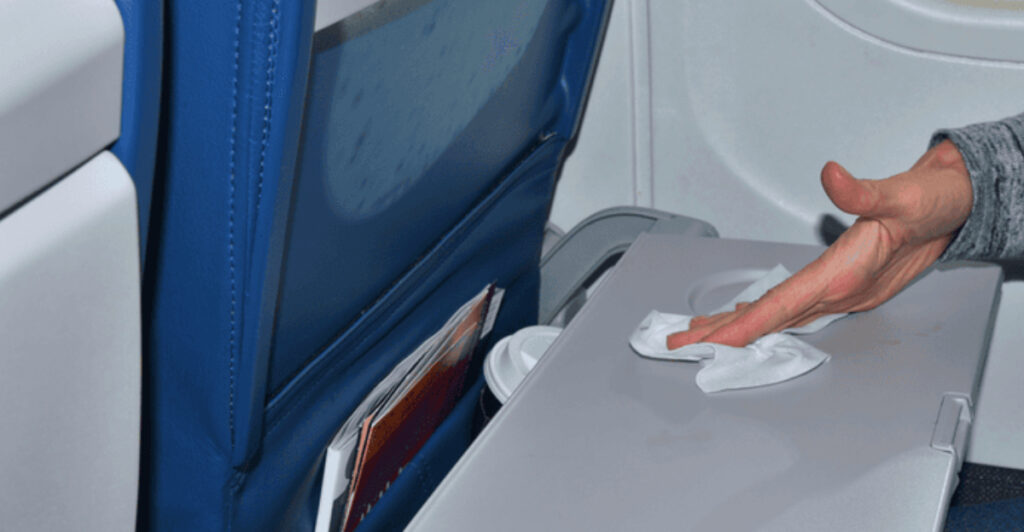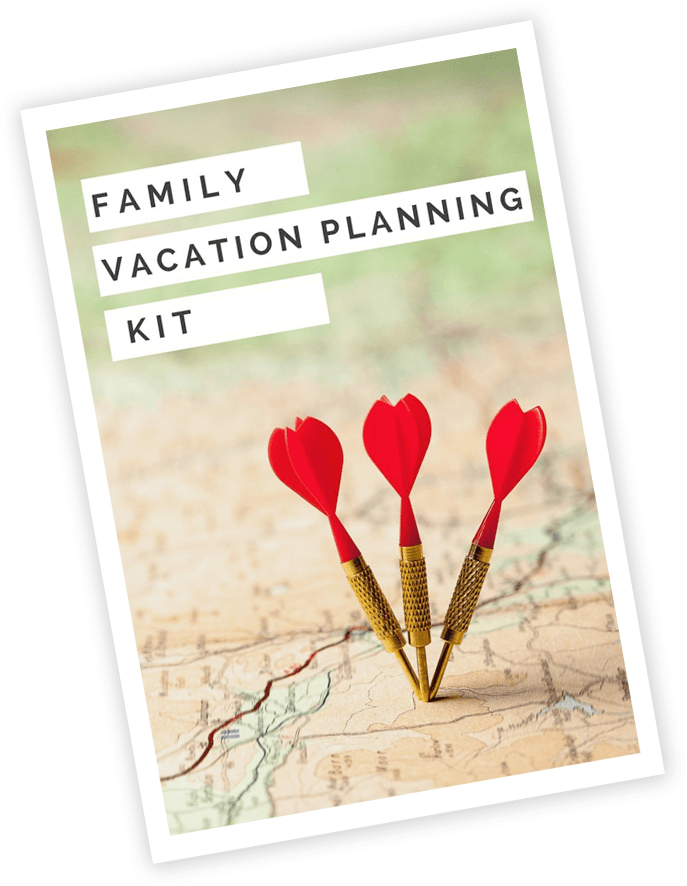Airport security doesn’t have to be stressful or confusing. With the right items in your carry-on bag, you can glide through TSA checkpoints like a pro. These smart travel essentials follow all the rules while keeping your journey smooth and hassle-free.
1. Quart-Size Clear Liquids Bag
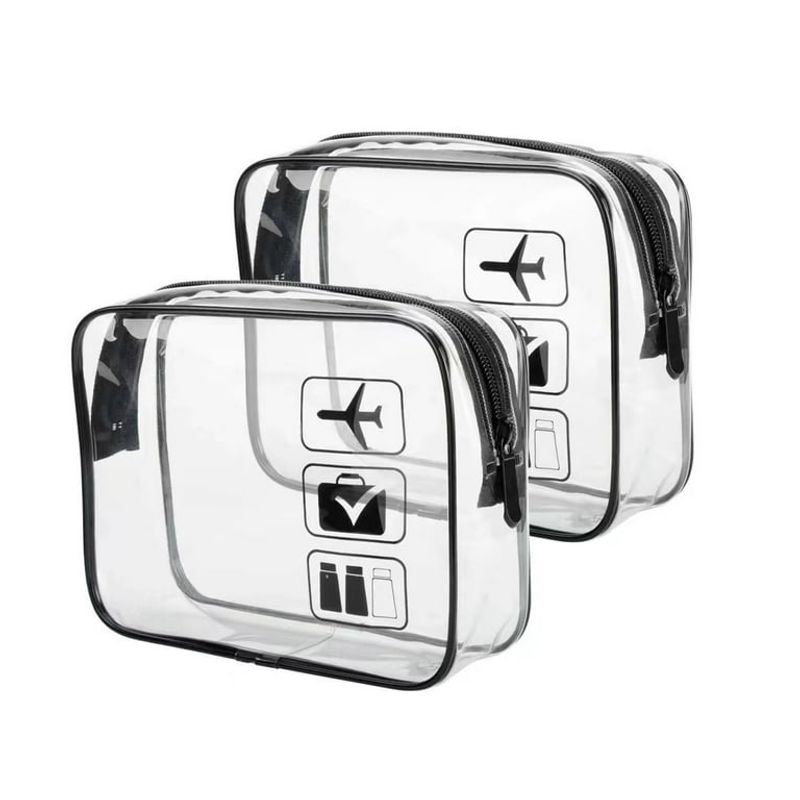
Every seasoned traveler knows this golden rule: preparation beats panic at security. Your quart-size clear bag becomes your best friend when liquids need inspection.
Keep this bag in an easy-to-reach pocket of your carry-on. When the TSA agent asks for liquids, you’ll pull it out instantly instead of digging through your entire suitcase.
Remember the 3-1-1 rule: containers must be 3.4 ounces or smaller, everything fits in one quart bag per person. Smart travelers even bring a backup bag in case the first one tears during their trip.
2. Leak-Proof 3.4-oz Travel Bottles

Those giant shampoo bottles from home won’t make it past security, but these little containers will save your hair routine. Transfer your favorite products into TSA-approved sizes before you travel.
Look for bottles with secure, twist-on caps that won’t pop open in your bag. Nothing ruins a vacation like lotion coating all your clean clothes.
Label each bottle clearly so you don’t accidentally brush your teeth with face wash at 6 AM. Pro travelers buy different colored bottles for easy identification in dim hotel bathrooms.
3. Solid Toiletries
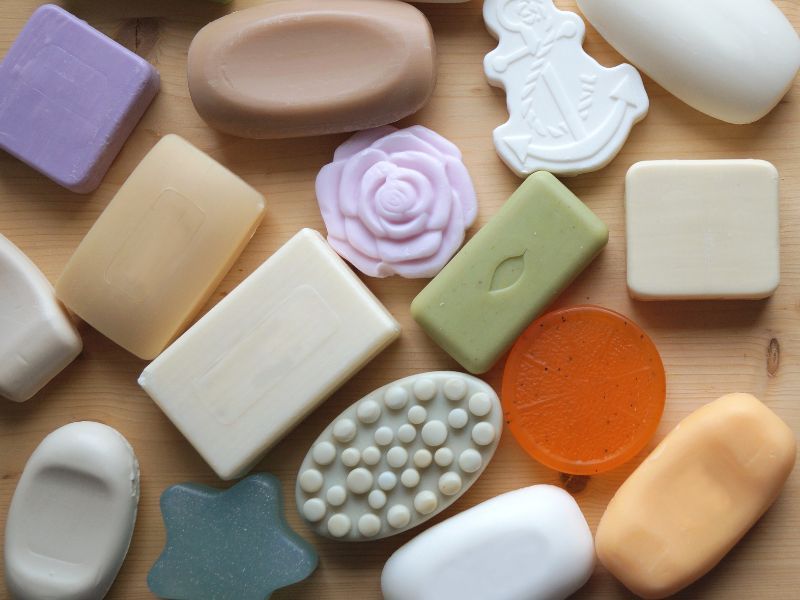
Here’s a travel hack that frees up precious space in your liquids bag: switch to solid versions of your favorite products. Bar soap, shampoo bars, and solid deodorants don’t count toward your liquid limit.
These products often last longer than their liquid cousins too. One shampoo bar can outlast two regular bottles, making them perfect for extended trips.
Store them in small containers or soap cases to prevent them from making a mess. Your fellow travelers will thank you for not bringing strong-smelling products onto the plane.
4. TSA-Friendly Razors
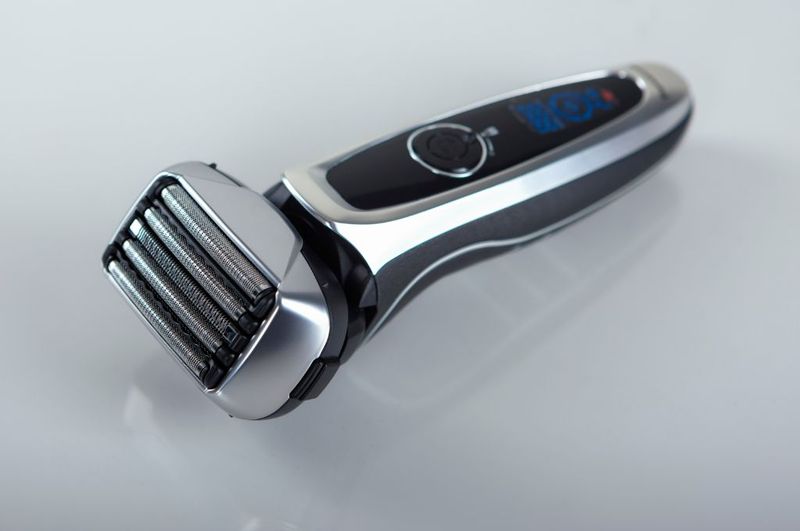
Staying well-groomed while traveling doesn’t require breaking security rules. Disposable razors and cartridge razors sail through checkpoints without question.
Electric razors also get the green light from TSA agents. Just remember to pack the charging cord in an easy-to-find spot.
Safety razor fans need to remove blades before packing. Store loose blades in checked luggage to avoid confiscation. Many travelers keep a disposable razor as backup in case their primary shaving method gets flagged unexpectedly during screening.
5. Small Scissors
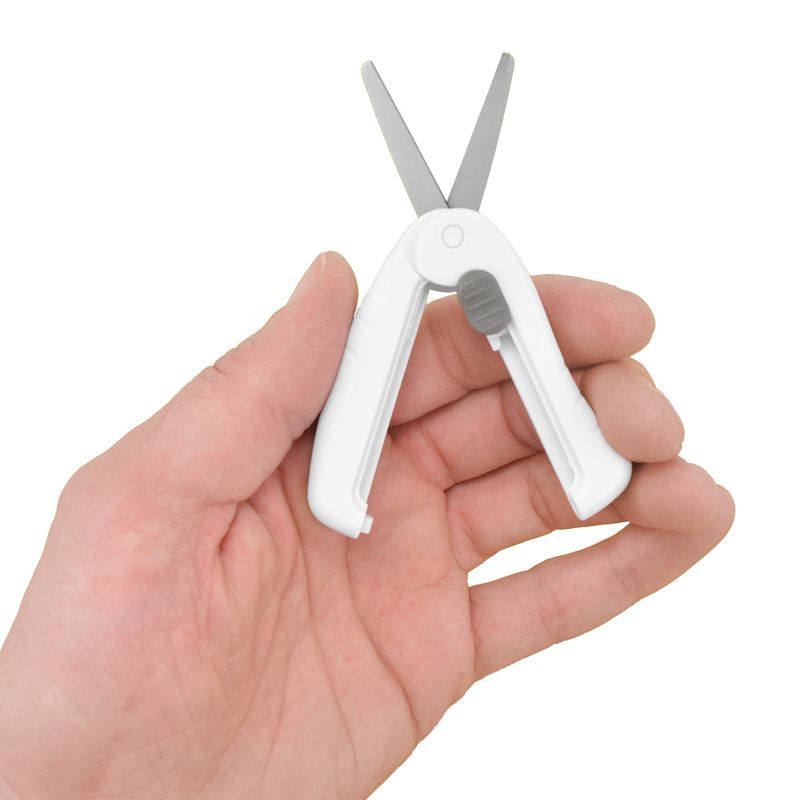
Surprise! You can actually bring scissors on planes, as long as the blades measure under four inches from the pivot point. These handy tools solve countless travel problems.
Cut off annoying clothing tags, trim loose threads, or open stubborn packaging. Travelers often forget about this useful item because they assume all sharp objects are banned.
Keep them easily accessible but secure in your carry-on. TSA agents might want to measure them, so don’t bury them deep in your bag where they’re hard to retrieve quickly.
6. Nail Kit Basics
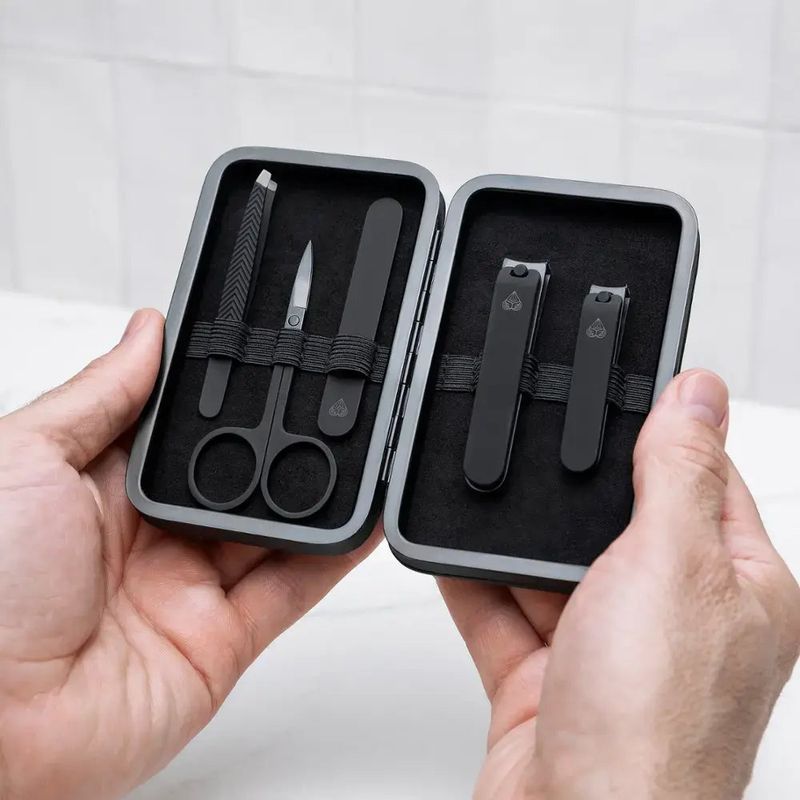
Broken nails and hangnails don’t take vacations, but your grooming kit can travel with you. Nail clippers and tweezers are perfectly acceptable in carry-on bags.
Pack them in a small pouch so they don’t scatter throughout your luggage. Nobody wants to hunt for nail clippers at the bottom of their suitcase.
TSA agents make final decisions about questionable items, so choose standard-looking tools over fancy or unusually shaped ones. Simple, basic designs rarely cause delays at security checkpoints, keeping your travel schedule on track.
7. Empty Reusable Water Bottle
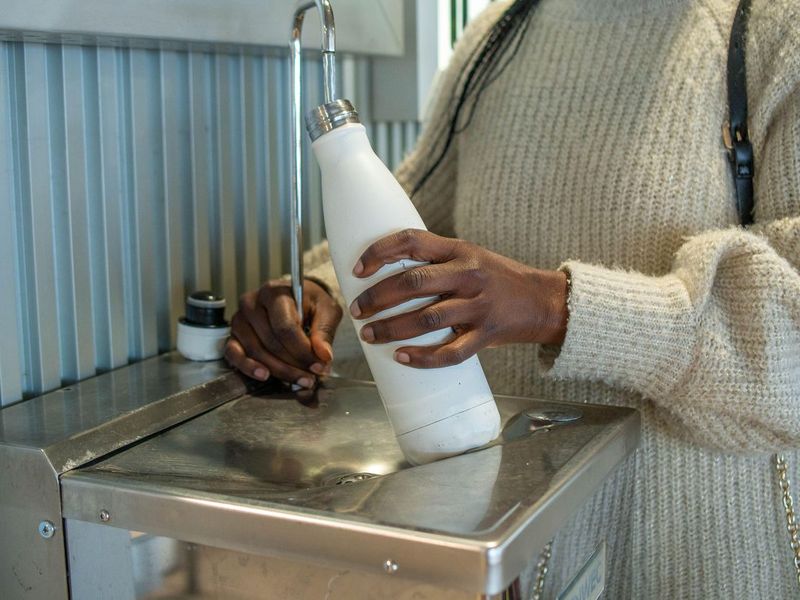
Airport water prices can shock even the wealthiest travelers, but there’s a simple solution. Bring your reusable bottle empty through security, then fill it at water fountains afterward.
Many airports now feature bottle-filling stations with filtered water that tastes better than tap water. You’ll stay hydrated without spending a fortune on overpriced beverages.
Choose bottles with wide mouths for easy filling and cleaning. Insulated versions keep drinks cold during long flights, while collapsible options save space when not in use.
8. Travel Wipes
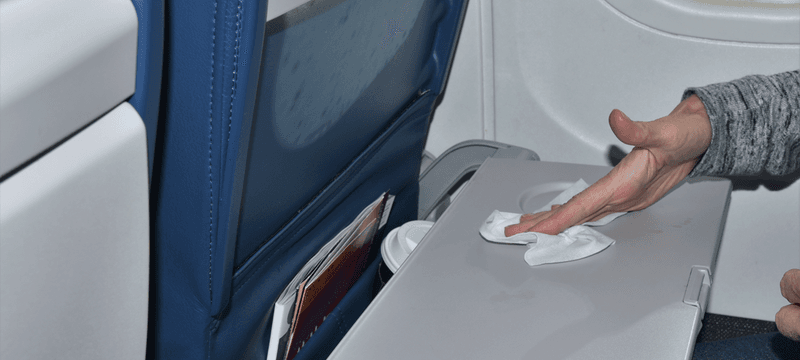
Cleanliness becomes extra important when you’re touching airplane seats, tray tables, and bathroom handles. Baby wipes and disinfecting wipes don’t count as liquids, so pack plenty.
Use them to wipe down your seating area before settling in for the flight. Many frequent flyers clean their hands, tray table, armrests, and seatbelt buckle.
Individual packets work better than large containers for carry-on travel. They won’t dry out if you don’t use them all, and they’re easier to share with fellow passengers who forgot to bring their own.
9. Security-Smart Snacks
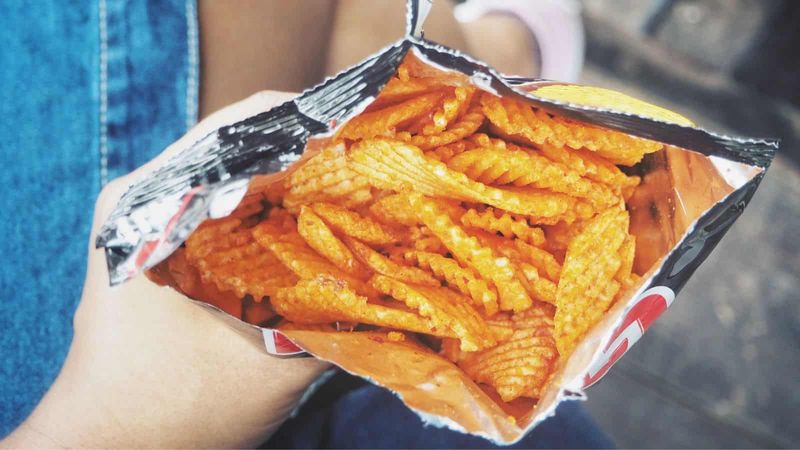
Hunger strikes at the worst moments during travel, but smart snacking can save both money and time. Solid foods like chips, granola bars, and sandwiches breeze through security.
Avoid spreads like peanut butter or cream cheese, which count as liquids under TSA rules. Pack them in containers smaller than 3.4 ounces if you must bring them.
Homemade sandwiches often taste better and cost less than airport food. Wrap them well to prevent crumbs from escaping and annoying your fellow passengers during the flight.
10. Laptop Sleeve or Checkpoint-Friendly Section

Laptop removal rules vary by airport and security line type, creating confusion for many travelers. A protective sleeve makes removal quick and protects your computer from scratches.
TSA PreCheck members often keep laptops packed, while standard security usually requires removal. Some newer airports with CT scanners allow electronics to stay in bags.
Listen to officer instructions at each checkpoint, as rules can change. A good sleeve also provides extra protection during flights when overhead bins get crowded and luggage shifts around.
11. Power Bank (Carry-On Only)
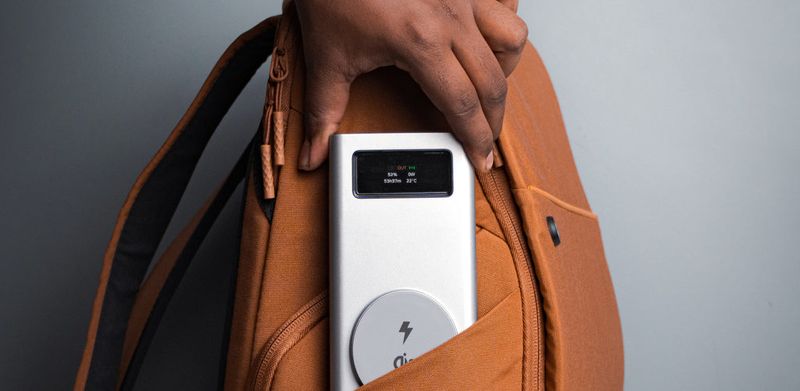
Dead phones and tablets turn travel into a nightmare, but portable chargers keep your devices alive. These battery packs must travel in carry-on luggage, never in checked bags.
Most standard power banks under 100 watt-hours don’t need special approval. Larger ones between 101-160 watt-hours require airline permission before travel.
Check the specifications printed on your power bank if you’re unsure about the capacity. Airlines worry about lithium battery fires in cargo holds, which is why these items must stay with you in the cabin.
12. TSA-Recognized Luggage Lock
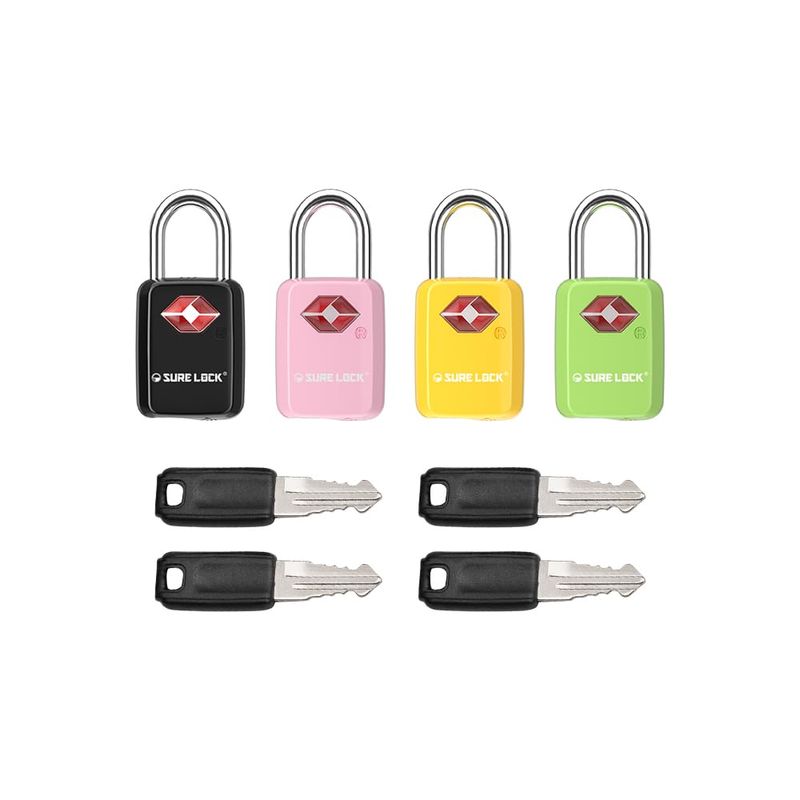
Locking checked luggage provides peace of mind, but regular locks get cut off if TSA needs to inspect your bag. Special TSA-recognized locks solve this problem elegantly.
These locks have a special mechanism that allows security agents to open them with master keys. Your bag stays secure from casual theft while remaining accessible to authorities.
Look for the red diamond logo when shopping for these locks. They cost slightly more than regular locks but save you from returning home to find your luggage damaged from bolt cutters.
13. Medication Organizer Plus Separate Medical Pouch
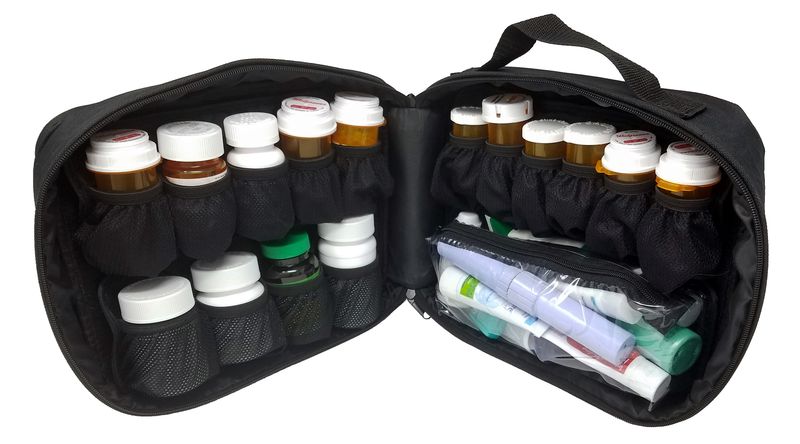
Prescription medications get special treatment at security checkpoints, even when they exceed normal liquid limits. Organization makes the screening process smoother for everyone involved.
Keep medications in original pharmacy bottles when possible, as labels help TSA agents verify contents quickly. Pill organizers work too, but original containers provide better documentation.
Separate medical liquids from regular toiletries to speed up screening. Declare these items to agents before screening begins, and be prepared for additional inspection time during busy travel periods.
14. REAL ID-Compliant Driver’s License or Passport
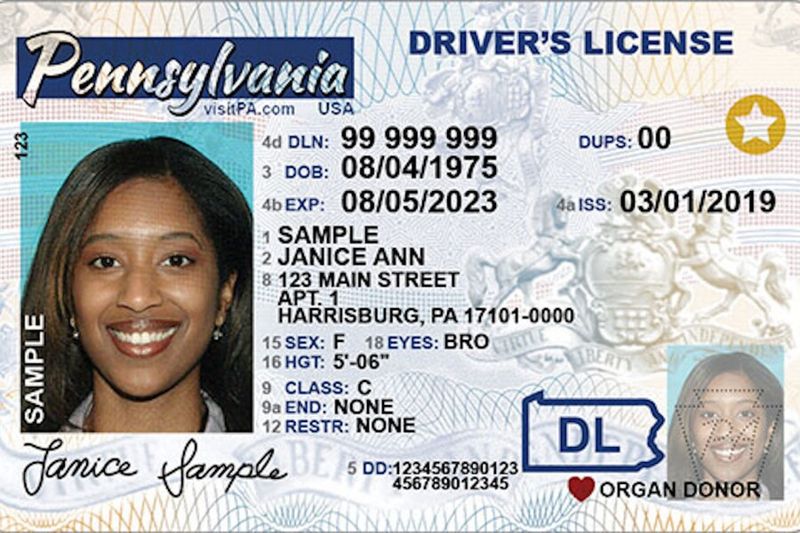
May 7, 2025 changed everything for domestic air travel in the United States. Standard driver’s licenses no longer work at TSA checkpoints without REAL ID compliance.
Check your license for a star or other marking that indicates REAL ID compliance. If you don’t see one, bring your passport as backup identification.
Getting a REAL ID requires a trip to your local DMV with specific documents. Plan ahead, as appointment availability varies by state and processing times can extend for weeks during busy periods.
15. Mobile Driver’s License
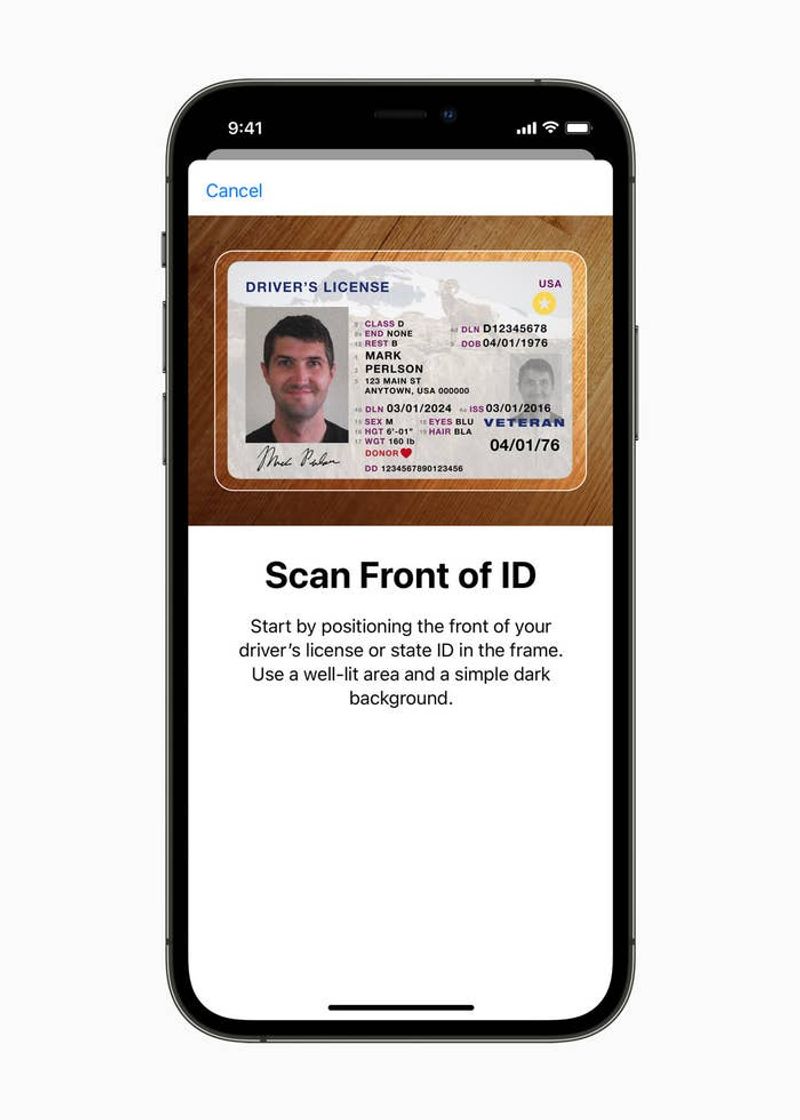
Technology meets travel at select airports where digital ID lanes accept mobile driver’s licenses. This cutting-edge option works only in participating states and specific locations.
Download your state’s official app and follow verification steps to add your license. The process usually requires taking photos and answering security questions.
Always carry physical backup identification, as technical problems can occur with any digital system. Not all TSA agents are familiar with mobile licenses, so be patient while they verify your digital credentials.
16. Insulated Cooler Bag Plus Ice Packs for Baby Items
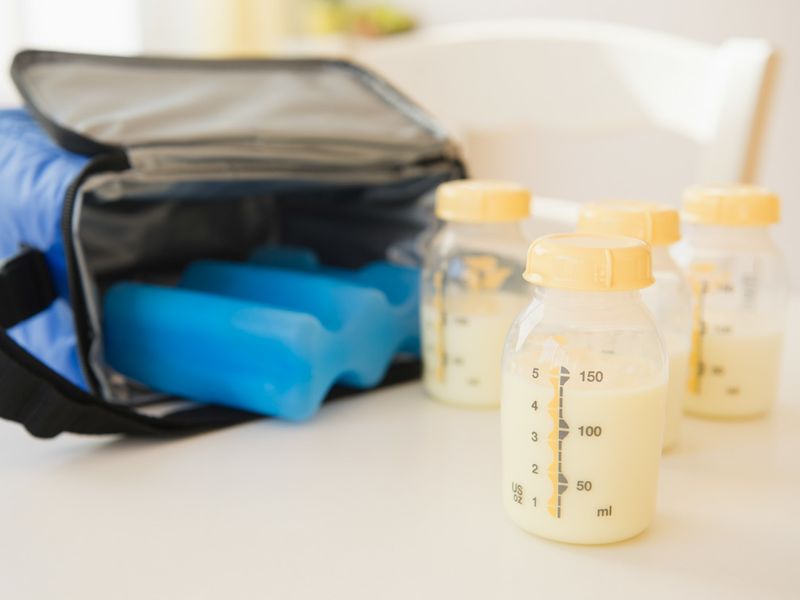
Traveling with babies requires special considerations, but TSA accommodates families with medically necessary liquids. Breast milk, formula, and baby food can exceed standard size limits.
Ice packs keep these items fresh during long travel days. Gel packs work better than loose ice, which can create security complications.
Separate baby items for screening and inform agents about the contents before inspection begins. Surprisingly, you don’t need to travel with your child to bring breast milk through security checkpoints.
17. Small Zip Pouch for Pocket Items
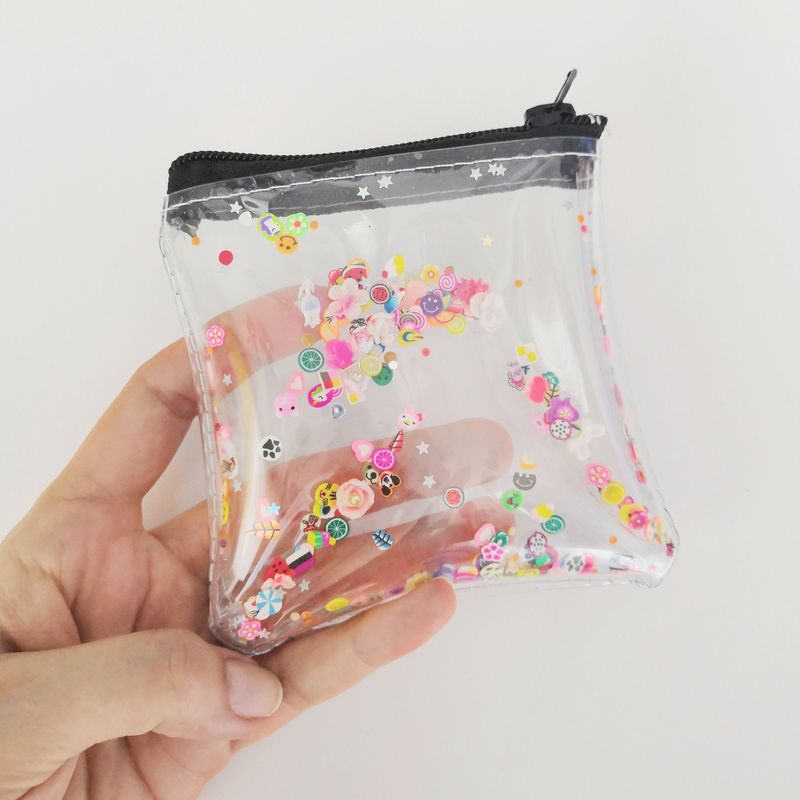
Loose change, keys, and earbuds seem harmless until they disappear into security conveyor belt machinery. TSA specifically warns against placing small items directly on the belt.
A dedicated pouch keeps everything together and prevents losses. Choose one with a bright color so it’s easy to spot among other travelers’ belongings.
Empty your pockets completely into this pouch before reaching the security line. Forgotten items in pockets cause delays and require additional screening, slowing down the entire process for everyone behind you.

